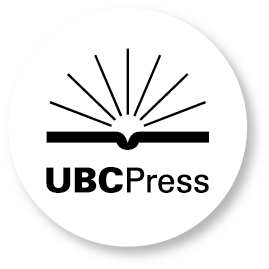Field Guide to Ecosites of Northern Alberta
An ecological classification system was developed for Northern Alberta through the analysis of vegetation, soil, site, and forest productivity information. The hierarchical classification system has three levels - ecosite, ecosite phase and plant community type. Thirty-eight ecosites are described with further detail provided by subdivision into ecosite and ecosite phase and plant community type. A soil type classification system that describes 17 soil types was also developed. Management interpretations were made for drought, excess moisture, soil rutting
hazard, soil compaction hazard, puddling hazard, soil erosion hazard, frost heave hazard, soil temperature limitations, vegetation competition, and windthrow hazard. Colour photos and drawings for 87 common plants of northern Alberta are presented.






